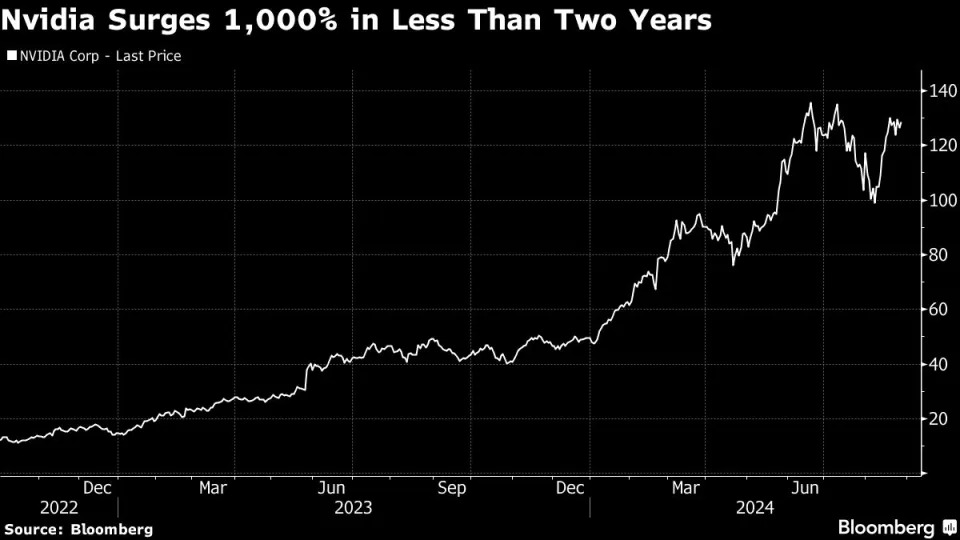As new investors rush to buy Bitcoin, many wonder how much of their investment portfolio to plow into the digital currency. BlackRock , the world’s largest asset manager, has the answer: No more than 2%.
The original cryptocurrency is known for its volatility — this year alone, Bitcoin has risen from $43,000 to over $103,000 while in 2021 it crashed from $67,000 to $17,000. It is relatively new and has often diverged from well-documented patterns associated with other assets, making it difficult for investors to gauge the risk.
BlackRock suggests that investing up to 2% of a multi-asset portfolio in Bitcoin is a “reasonable range,” according to a report released on Thursday. The asset manager, which made its foray into cryptocurrency this year with the launch of its spot Bitcoin exchange-traded fund, says that this weighting produces a similar amount of risk as the Magnificent Seven—a group of mega-cap tech stocks—in a typical portfolio consisting of 60% stocks and 40% bonds.
“Why not more? Going beyond that would sharply increase bitcoin’s share of the overall portfolio risk,” the report said.
When considering Bitcoin, BlackRock suggests that investors take a “risk budgeting approach.” That’s defined as determining how much to allocate to a particular investment based on how much that asset will contribute to the portfolio’s overall risk, measured by its volatility and correlation to the movement of other assets.
Along with its high volatility, Bitcoin’s value often has low correlation to other assets, according to a BlackRock report published in September. Because Bitcoin is a decentralized currency detached from major geopolitical risks and inflation, it’s a “unique diversifier,” the company said. Devoting up to 2% of a portfolio to Bitcoin adds a different source of return without introducing outsized risk, the report says.
But, Thursday’s report makes clear that Bitcoin’s future is still unknown and its attractiveness as an investment could change. BlackRock warns investors to remain alert of Bitcoin’s volatility and vulnerability to sharp selloffs.
“Taking all this into account, we do see a case for including bitcoin in multi-asset portfolios – provided you believe it will become more widely adopted in the future and are comfortable bearing the risk of potentially rapid price plunges,” the report says.





